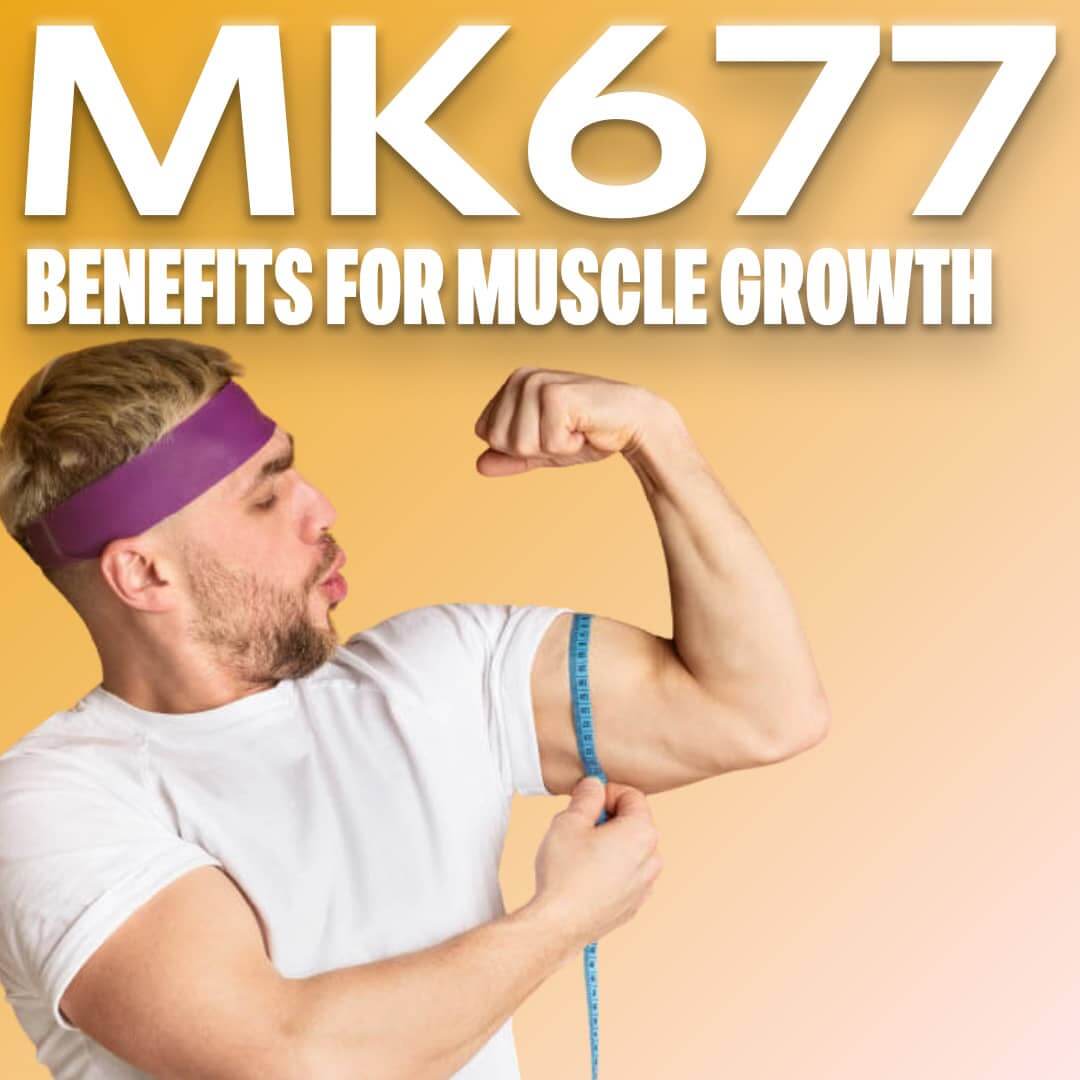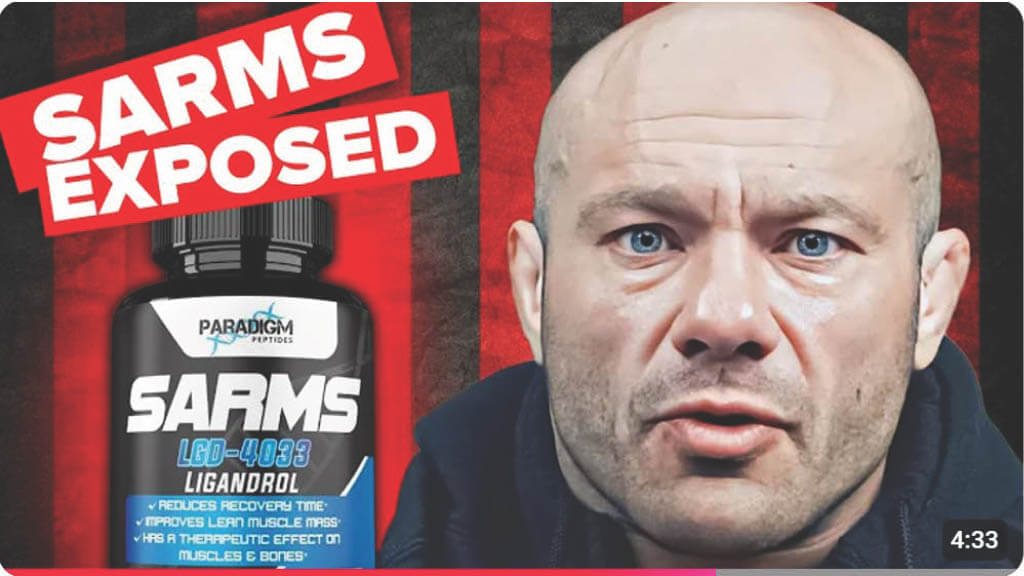When it comes to building muscle, there’s no shortage of advice floating around. From intense workout routines to rigid diets and advanced supplementation, everyone has their own theory on what works best. But what’s the real secret to muscle growth? And where do SARMs (Selective Androgen Receptor Modulators) fit into the picture? Let’s dive into the science, debunk the myths, and uncover how SARMs might support your muscle-building journey.
SARMs
MK677 is a promising compound for enhancing muscle growth, fat loss, and overall health. Its ability to stimulate growth hormone and IGF-1 secretion has significant implications for muscle mass, strength, and recovery. Additionally, MK677 shows potential in improving sleep, cognitive function, and even bone health.
MK-677, also known as ibutamoren, is a popular growth hormone secretagogue and a selective agonist of the ghrelin receptor. It is often used in bodybuilding and medical research for its ability to stimulate the secretion of growth hormone (GH) and insulin-like growth factor 1 (IGF-1). One of the most critical aspects of MK-677's pharmacokinetics is its half-life, which has significant implications for its dosing, efficacy, and practical use.
Mike Israetel’s recent YouTube blog. While Israetel is a respected figure in the fitness industry, his arguments against SARMs warrant scrutiny, particularly in light of his admitted steroid use and potential biases.
Understanding its half-life, metabolism, and factors affecting clearance is crucial for safe and effective use. If you're considering adding LGD-4033 to your regimen, be sure to purchase from reputable sources like Just SARMs for quality you can trust.
As SARMs like RAD-140 gain popularity, many users wonder how this compound metabolizes in the body, how long it stays active, and what factors affect its metabolism. Understanding these processes is critical for optimizing usage and ensuring safety. In this article, we’ll delve into the metabolism of RAD-140, exploring its half-life, breakdown mechanisms, and the factors that influence how the body processes this powerful SARM.
RAD-140, also known as Testolone, is one of the most powerful and widely discussed selective androgen receptor modulators (SARMs) available today. Developed to mimic the effects of testosterone with reduced side effects, RAD-140 has gained significant attention for its potential in treating muscle-wasting conditions, enhancing muscle growth, and improving bone density. However, its performance has also drawn the curiosity of fitness enthusiasts and athletes worldwide. In this article, we’ll explore the clinical trial results of RAD-140, examining its efficacy, safety, and potential applications based on existing research.
Selective Androgen Receptor Modulators, commonly known as SARMs, have become popular in the fitness and bodybuilding communities for their potential benefits in muscle growth and fat loss without some of the severe side effects of traditional anabolic steroids. However, SARMs remain a complex and somewhat misunderstood topic. In this Q&A, we’ll address the most common questions about SARMs







